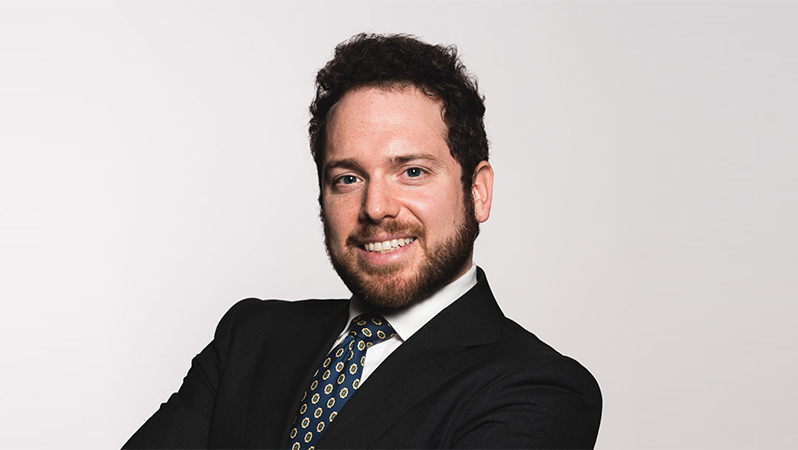By Nicolo Bragazza, associate portfolio manager at Morningstar Investment Management Europe
Howard Marks famously said: “Investors should not rely on predictions and, instead, they should carefully weight alternative scenarios in their portfolios so that they are not exposed to one single outcome.”
It is very difficult to predict exactly what it is going to happen due to climate change. It is hard to know in advance where impact will be more profound and when the main effects will be felt. That does not mean that it is not possible to visualise a few scenarios and use them to construct portfolios, taking into account that clients want to pursue their own financial goals at the same time.
In the same spirit of not being unintentionally exposed to other classical financial risk such as recessionary risk or geopolitical risk, it would be unwise to be unintentionally exposed to climate risk.
Important to prepare
The path to net zero presents both risks and opportunities for investors and both should be carefully considered within portfolios. And this holds true for both investors in equities and fixed income.
For example, equity investors should carefully consider the risks that the energy transition poses to traditional energy stocks and the opportunities for alternative energy stocks. Given the pressure from countries and regulations, it is difficult to foresee a bright future for traditional energy companies if they fail to adapt to the energy transition.
However, when it comes to investing future growth is not the whole story, but also how much we pay for it – the valuation element. In this regard, we should consider the risk of investing in more expensive alternative energy stocks against the opportunities provided by attractively priced traditional energy stocks and their ability to provide some diversification in commodity-led inflationary environments.
While the future of alternative energy appears to shine with promise, history paints a contrasting picture. Despite the persistent optimism, if we look at the historical performance, according to MSCI indices, traditional energy stocks have taken the lead over their alternative counterparts in the past decade, as of last October. The plot thickens further when we zoom in on a pivotal moment – the adoption of the Paris Agreement on December 12, 2015 – revealing an even more pronounced underperformance for alternative energy stocks, challenging the anticipated narrative of a green energy supremacy.
Therefore, it is not only important to invest in the industries and companies of the future, but an investor should also consider whether this is a good investment or not given the price it pays and whether the investment will pay off within their time horizon. Hence, risk and opportunities should be carefully weighted in order to balance people’s financial goals and the mitigation of climate risk.
Within fixed income, the climate transition might represent a challenge as it seems uncontroversial that policies, especially when it comes to mitigation, will be very expensive. According to the most recent IMF fiscal monitor, this might increase debt to GDP by between 10% and 15% by 2050 in advanced economies. The impact will be even bigger for emerging economies. In addition, countries carry different degrees of exposure to both transitional and physical climate risk and this might be additionally considered in asset allocation. The path to net zero might put pressure on yields and inflation and the dynamics of these two variables will eventually determine whether fixed income investors will benefit from higher income or suffer significantly higher volatility going forward.
All about robustness
It is important to build robust portfolios that can withstand different scenarios and which are not unintentionally exposed to both transition and physical climate risk, without being appropriately compensated for this. If some investors prefer to minimise both transitional and physical climate risk, today they can find dedicated products in the market, such as climate focused, Paris-aligned and ESG products with strict exclusion criteria mitigating the exposure to companies with significant direct and indirect exposure to climate risk. However, they will need to consider the investment biases of these products within their asset allocation as to not being overly exposed to certain macro and market scenarios.
Finally, every investor should carefully consider ESG risk as a factor within their asset class research and portfolio construction, with climate risk being a subset of it. As with traditional investing, the saying also applies to climate; it is not important to predict, but to prepare.









